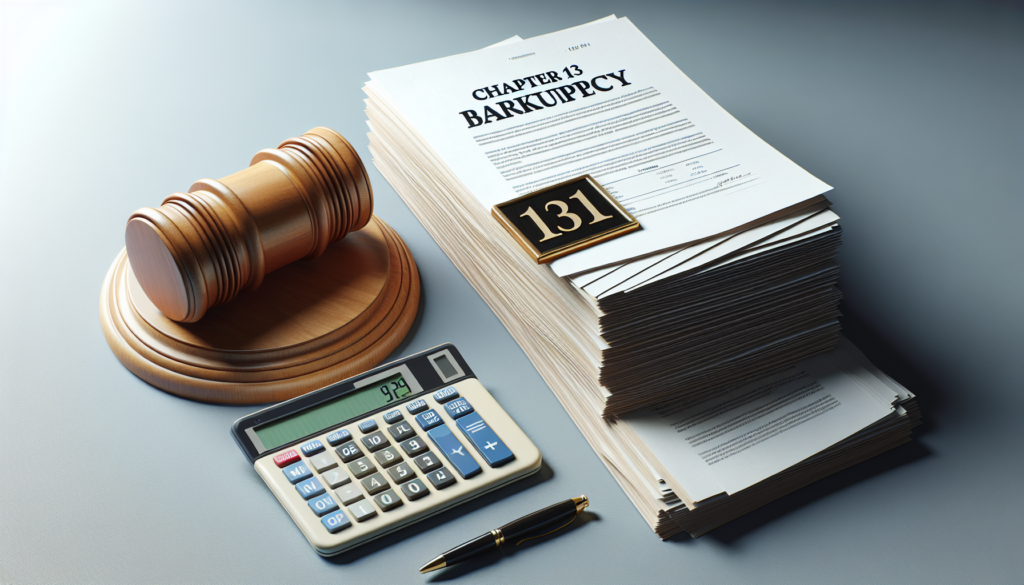
The Chapter 13 plan, also known as a wage earner’s plan, allows individuals with regular income to reorganize their debts and repay them over a period of three to five years. The process involves creating a repayment plan that is submitted to and must be approved by the bankruptcy court. Here’s a detailed look at how the Chapter 13 plan works:
- Determining the Plan Length
The duration of a Chapter 13 plan is primarily determined by the debtor’s income relative to the median income for a similar-sized household in their state. If the debtor’s income is below the median, the plan will typically last three years, unless the court finds “cause” to extend it to five years. If the debtor’s income is above the median, the plan usually must last five years.
- Calculating the Payment Amount
The monthly payment amount under a Chapter 13 plan is calculated based on the debtor’s disposable income, which is the income remaining after subtracting allowed living expenses and payments on secured debts (like a mortgage or car loan). The plan must allocate the debtor’s disposable income towards repayment of debts over the plan period.
- Prioritizing Debts
The Chapter 13 plan prioritizes debts into three categories: priority, secured, and unsecured.
- Priority debts, such as back taxes and child support, must be paid in full.
- Secured debts can be restructured under the plan. Debtors may catch up on arrears (past due amounts) and sometimes modify the terms of secured loans.
- Unsecured debts, like credit card debt and medical bills, are paid with any remaining disposable income. It’s not uncommon for unsecured creditors to receive only a portion of what they’re owed, and in some cases, they may receive nothing.
- Submitting the Plan for Approval
The debtor submits the proposed repayment plan to the bankruptcy court for approval. This usually occurs shortly after the Chapter 13 bankruptcy case is filed.
- Meeting of Creditors and Plan Confirmation
After the plan is filed, a meeting of creditors is held, where creditors can object to the plan. A confirmation hearing is then held where the bankruptcy judge decides whether to confirm (approve) the plan. The court will confirm the plan if it is feasible, proposed in good faith, and in compliance with bankruptcy law.
- Making Plan Payments
Once the plan is confirmed, the debtor begins making regular payments to the Chapter 13 trustee, who distributes the funds to creditors according to the plan’s terms. These payments must start within 30 days after filing the bankruptcy case, even before the plan is confirmed.
- Living Under the Plan
The debtor must stick to the budget and make regular payments to the trustee for the duration of the plan. Failure to make payments can lead to dismissal of the bankruptcy case or conversion to a Chapter 7 bankruptcy.
- Modifying the Plan
If the debtor experiences a significant change in financial circumstances during the plan period, they may petition the court to modify the plan to accommodate the change.
- Completing the Plan
Upon successful completion of all plan payments, the debtor receives a discharge of most remaining debts. Some debts, such as student loans, certain taxes, and domestic support obligations, are not dischargeable in Chapter 13.
- Discharge and Case Closure
After the debtor completes the plan payments and meets all other requirements, the court discharges the remaining dischargeable debts, and the Chapter 13 case is closed.
The Chapter 13 plan provides a structured way for debtors to manage their debts while protecting their assets. It requires careful planning, adherence to a strict budget, and regular communication with the bankruptcy trustee. Successfully navigating a Chapter 13 bankruptcy often benefits from the guidance of an experienced bankruptcy attorney.

Get a Free Bankruptcy Case Evaluation